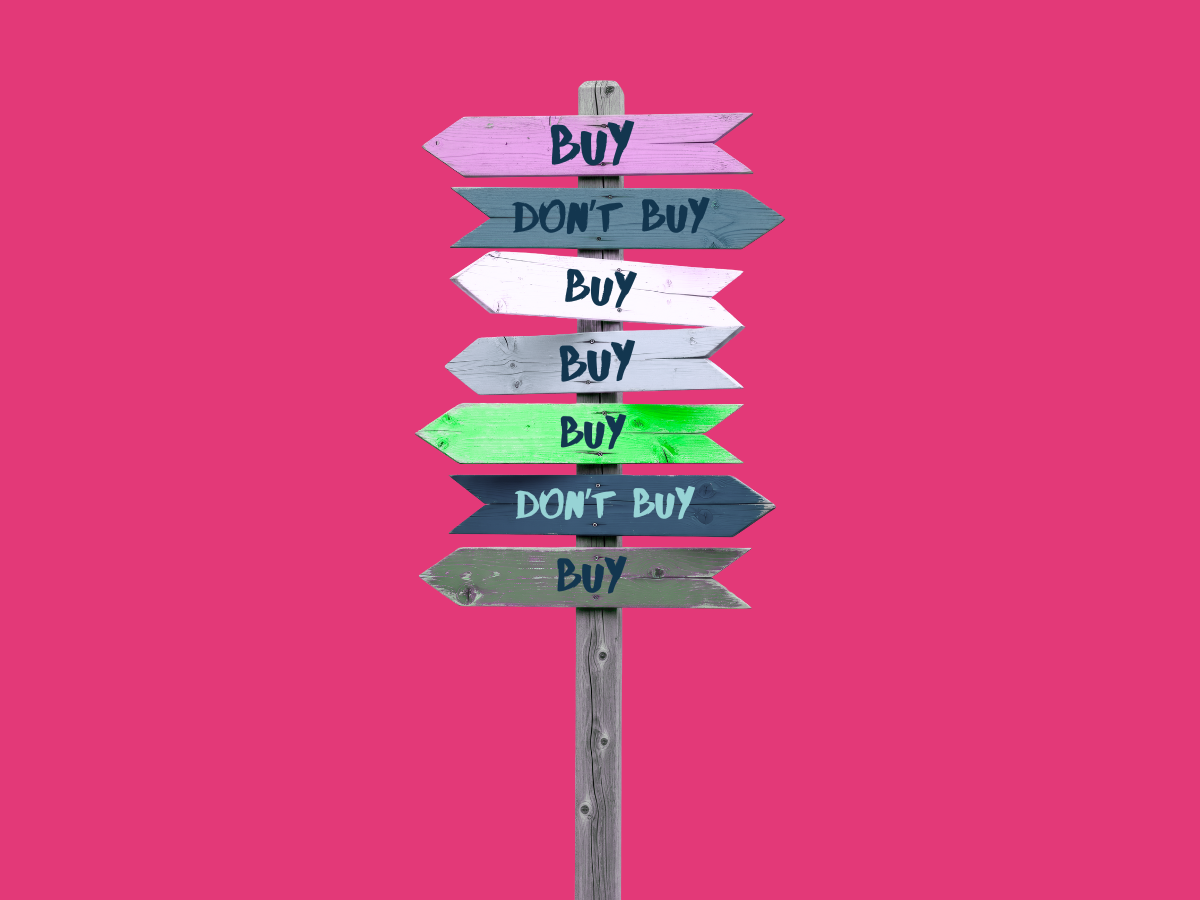The role of user experience in Conversion Rate Optimization (CRO)
.png)
Your conversion rates are key to business growth when running an eCommerce store. The ultimate goal is to convert visitors into loyal customers. However, boosting conversions involves more than just having great products or services.
In addition to search engine optimization and a strong social media presence, user experience (UX) is vital for conversion rate optimization (CRO). You may be surprised by the impact UX can have on driving conversions; here are some compelling stats:
- 67% of consumers cite bad experiences as a reason for churning.
- A better UX design can increase conversions by up to 400%.
- 84% of customers say the retailer's experience matters more than the products.
Moreover, research shows that every $1 invested in UX can yield an ROI of $100, resulting in increased revenue through repeat purchases and higher average order values.
In this blog post, we'll explore why prioritizing UX in your eCommerce strategy is crucial for enhancing conversions and customer retention through personalized marketing.
What defines a great user experience in eCommerce?
A great user experience in online shopping is characterized by ease, efficiency, and customer satisfaction as they navigate your store. When asked about strong online UX elements, opinions may vary, but we believe the essentials include:
The design
It starts with a clean, visually appealing website design that attracts and retains customers. The site should facilitate easy navigation, guiding users seamlessly from the homepage to product pages and checkout.
The content
For eCommerce retailers, effective content primarily exists on product pages. These should include:
- High-quality images
- Product specifications (e.g., technical details)
- Relevant product information (e.g., sizing)
- Customer reviews
The key is to provide enough information to reassure visitors while avoiding overwhelming them.

The checkout
A seamless and secure checkout process is also essential for excellent UX. It should minimize steps for purchase completion and be accessible on all devices—desktop and mobile. Features such as cross-selling, upselling, and offering bundles can enhance the checkout experience. For example, brands like Sonos recommend complementary products during checkout, effectively increasing average order values without compromising conversions.

Testing and Segmentation
Utilizing machine learning for testing and segmentation can help tailor promotions, offers, and discounts to individual consumer behavior. Loyalty programs can also be integrated to encourage repeat purchases, foster customer loyalty, and maximize profit.
By optimizing UX in your eCommerce strategy through these elements, you can enhance your conversion rates and ultimately drive significant business growth on platforms like Shopify and BigCommerce.
How do I create a conversion-driving user experience?
A great eCommerce UX encapsulates many aspects – certainly too many to list in this blog. You can get ahead by focusing on these areas in particular:
Fast loading times
You can invest heavily to get your pricing, product pages, and design right. If your site content takes too long to load, it won't matter. One study from Think with Google found that bounce rates increase by +123% when the page loading time exceeds one second.
Making your site fast and responsive should be your main priority.
Easy search capabilities
The next step is to improve your add-to-cart rates. This is where your search function earns its keep.
Enabling your customers to narrow their search using filters can generate relevant suggestions. If relevant, consider product type, brand, and colors.
Some brands further personalize search results based on the customer's interests and preferences. By doing so, they increase their likelihood of being able to recommend products that will eventually get added to the cart.
Personalized recommendations
Here's where it can get confusing, but stay with us. On-site search is a critical element of UX and an important function for recommending products. You also have actual product recommendations, which tend to sit underneath a product description.
In a CRO context, providing recommendations similar to the customer is view simply gives them more choice. That way, if they navigate to a product that isn't in their size or quite right, they have an alternative to consider.
For an example of how this should look, see how fashion brand ASOS serves a rack of recommendations based on what I'm viewing.

Customer service
Regarding CRO fundamentals, you can't look beyond providing exceptional customer service. That comes from various places, including real-time support, clear shipping and return policies, and easy access to contact information.
These days, if your customers have a question that you cannot answer clearly and quickly, expect a low conversion rate.
Why should I prioritize UX improvements to drive CRO?
Improving UX takes time and resources. While there are many other CRO projects you could pursue instead, few are more effective and beneficial.
Here are our top reasons why you should start improving your UX:
1. Set the first impression
Have you ever clicked on a website only to leave immediately because it looked unprofessional or difficult to navigate?
Users (just like us) make judgments about a website within mere seconds. Thus, creating an excellent first impression is critical.
By improving the UX of your website, you can create an aesthetically pleasing and user-friendly design. Doing so can improve your conversion rate by keeping users engaged and encouraging them to explore your content.
2. Reduce bounce rates
Modern-day consumers expect to be able to find things quickly. When they can't, they will leave your site within seconds of heading onto it.
A high bounce rate can be a massive issue for your website, causing poor search engine ranking and low conversion rates.
Moreover, bounce rates indicate that a user didn't interact positively with your brand. Providing relevant information and a smooth, easy-to-use website can significantly reduce bounce rates and improve your CRO.
3. Build trust and credibility
Another vital part of UX is trust and credibility. Users who see an unprofessional website may assume that the business is untrustworthy or not genuine. In contrast, a professional and well-designed website generates a sense of credibility, making the retailer seem more professional and legitimate.
By focusing on UX, building trust and credibility become added benefits that can boost your brand awareness.
4. Generate valuable feedback
Lastly, a significant part of UX is instilling the concept of feedback and listening to user experiences.
By gathering feedback about people's experience with your website, you can discover new ways to improve the UX and increase conversions.
This feedback can be analyzed to create better user journeys, an easier navigational structure, and more intuitive designs. It's a cyclical process of feedback analysis and improvement implementation that is critical to a customer-focused approach.
Wrapping up
A great eCommerce UX makes shopping effortless and enjoyable and leaves the customer wanting to return.
UX is crucial to driving conversion rates for eCommerce retailers. It helps them create a positive first impression, reduce bounce rates, build trust and credibility, and provide valuable feedback to continually improve their website's user experience.
By prioritizing UX, retailers can improve the likelihood of converting visitors into customers and improve overall business performance.





